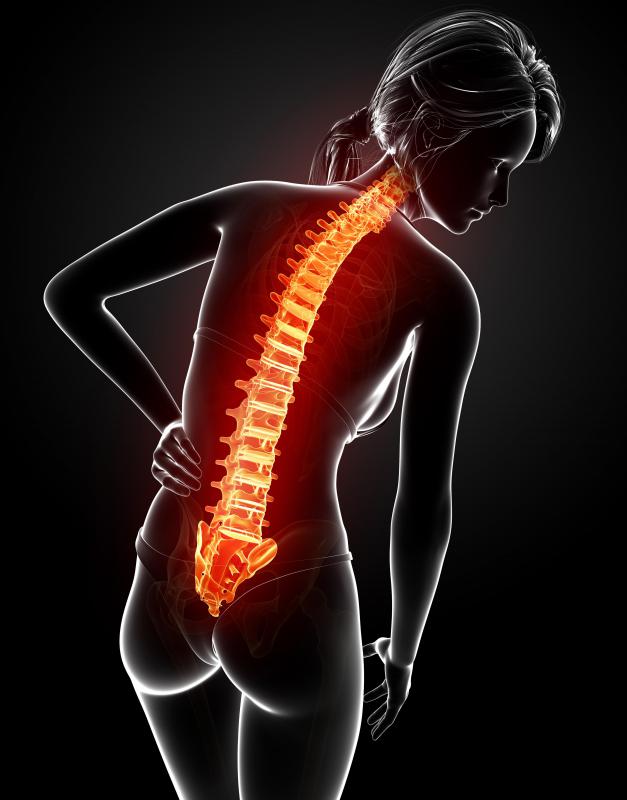At TheHealthBoard, we're committed to delivering accurate, trustworthy information. Our expert-authored content is rigorously fact-checked and sourced from credible authorities. Discover how we uphold the highest standards in providing you with reliable knowledge.
What is the Trigeminal Nucleus?
The trigeminal nucleus is the base of the trigeminal nerve in the brain stem. It is the place where all sensations from the face, like pain and touch, are first processed in the brain. The spinal trigeminal nucleus receives information about pain and temperature in the face, while the main nucleus is the destination of information about touch and position. Other cranial nerves that mediate feeling in any part of the face also send fibers to these nuclei.
The trigeminal nerve is also called cranial nerve V. It carries sensation from nerve fibers in the face to the brain for processing. The trigeminal nucleus is the place where all these different fibers leading from the face converge since it is the origin of the fifth cranial nerve. Pain and temperature, and touch or pressure, are relayed to the nucleus, but with different pathways through the brain. Anatomically, the nucleus is divided into three sections beginning at the base of the spinal cord and proceeding up to the midbrain.

One section is the spinal trigeminal nucleus. Starting in the top of the spinal cord, groups of neurons are arranged according to the part of the face in which they process feeling. The pain and temperature information that arrives here is then sent to the thalamus and cortex, where conscious experiences of sensation are modulated. Before there is any awareness of changes in pain or position of the face, the information first reaches the spinal trigeminal nucleus. Sensory fibers from other cranial nerves, such as the facial and the glossopharyngeal, also feedback there.

The main trigeminal nucleus carries information from different receptors that convey the feeling of touch on the face. There is no single sense of touch, but nerve endings responding to light pressure, deep pressure, and stretch in the skin. Located in the pons of the brain stem, the neurons of the main nucleus are arranged in a map of the face. Sensations from the chin, nose, cheeks, and other parts of the face are separately processed here before being integrated into a more unified feeling higher up in the brain.

The trigeminal nucleus is very close to the parts of the brain stem that regulate breathing, heart rate, and pupillary response. This is why pain in the face gets a rapid reflex response even before a person becomes fully aware of the pain. Further, since all of the cranial nerves arise from the brain stem, tumors or injuries in this region will often impinge on the functions of more than one nucleus. Pinpointing the origin of pain in, for example, the trigeminal nerve, is not always straightforward.
AS FEATURED ON:
AS FEATURED ON:













Discuss this Article
Post your comments